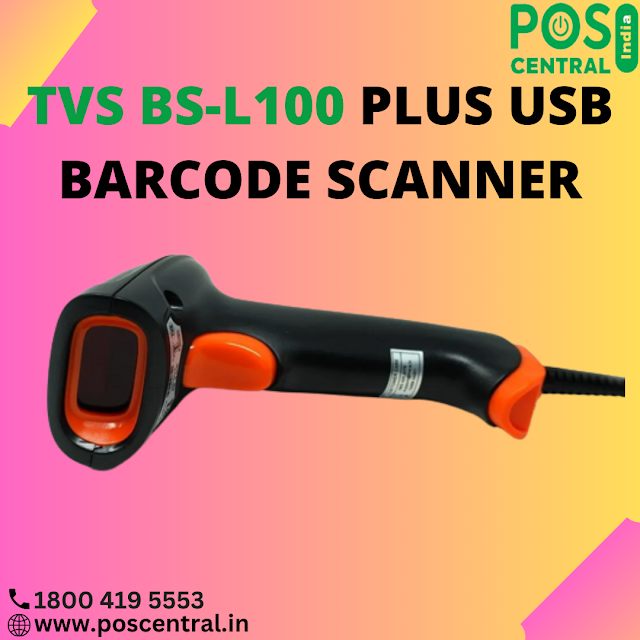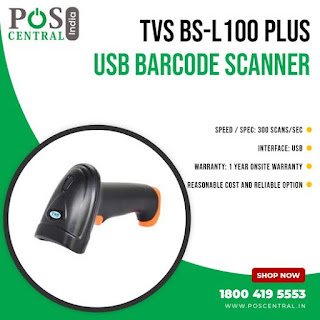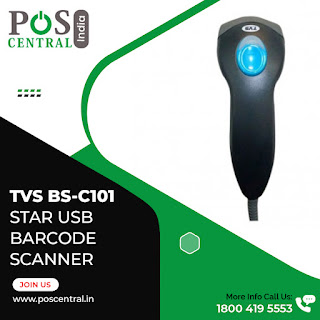Discover the benefits of Cyberpower UPS and how it provides reliable power protection for your electronic devices.
Introduction:
With the increasing reliance on electronic devices in our daily lives, ensuring uninterrupted power supply has become crucial. A sudden power outage or voltage fluctuation can lead to data loss, hardware damage, and disruption of essential tasks. This is where Cyberpower UPS (Uninterruptible Power Supply) comes to the rescue. Cyberpower, a trusted name in power management solutions, offers a wide range of UPS systems that provide reliable backup power, surge protection, and voltage regulation. In this article, we will explore the features and benefits of Cyberpower UPS, highlighting why it is an essential investment for individuals and businesses alike.
1. Key Features of Cyberpower UPS
Cyberpower UPS systems offer a wide range of features that ensure reliable power protection for your valuable devices:
a) Battery Backup: The UPS provides battery backup during power outages, allowing you to save your work, shut down your devices properly, and prevent data loss.
b) Surge Protection: It safeguards your devices against sudden voltage spikes and electrical surges, which can damage sensitive electronic components.
c) Voltage Regulation: Cyberpower UPS regulates the voltage supplied to your devices, ensuring a stable and optimal power flow, which is essential for the longevity and performance of your electronics.
d) Automatic Voltage Regulation (AVR): AVR technology adjusts minor fluctuations in voltage levels without switching to battery power, thus conserving battery capacity for longer power outages.
e) Power Panel® Software: Cyberpower's Power Panel® software allows you to monitor and manage your UPS system, providing real-time information about battery status, load capacity, runtime, and more.
f) Energy Saving Outlets: Some models feature energy-saving outlets that automatically power down peripherals when the main device is turned off, reducing standby power consumption.
2. Types of Cyberpower UPS Systems
Cyberpower offers a diverse range of UPS systems to cater to various needs:
a) Standby UPS: Ideal for home and office use, standby UPS systems provide basic power protection and surge suppression.
b) Line-Interactive UPS: These UPS models offer additional features like automatic voltage regulation (AVR) to combat fluctuations in voltage levels and provide enhanced power protection.
c) Online UPS: Designed for critical applications, online UPS systems offer the highest level of power protection, providing continuous power from the battery while isolating connected devices from the main power supply.
3. Installation and Setup
Installing and setting up a Cyberpower UPS is a straightforward process
that can be done by following these simple steps:
a) Choose the Right UPS: Determine your power requirements and select a Cyberpower UPS system that can handle the load of your connected devices.
b) Unbox the UPS: Carefully unpack the UPS unit and ensure that all the necessary components, such as power cords and user manuals, are included.
c) Connect the Battery: Depending on the model, you may need to connect the battery to the UPS. Follow the instructions provided in the user manual for the specific steps.
d) Connect Devices: Plug your electronic devices into the outlets on the UPS. It is recommended to connect critical devices directly to the battery backup outlets and non-critical devices to the surge-protected outlets.
e) Power On and Test: Switch on the UPS and test its functionality by simulating a power outage. Observe if the connected devices seamlessly transition to battery power and ensure that the UPS provides the expected runtime.
f) Install Power Panel® Software: If your Cyberpower UPS comes with Power Panel® software, install it on your computer to access advanced monitoring and management features.
4. Benefits of Cyberpower UPS
Investing in a Cyberpower UPS offers numerous benefits:
a) Power Protection: A Cyberpower UPS safeguards your devices against power outages, voltage fluctuations, surges, and spikes, protecting them from potential damage and ensuring uninterrupted operation.
b) Data Loss Prevention: The battery backup feature of a UPS allows you to save your work and safely shut down your devices during a power outage, preventing data loss and corruption.
c) Equipment Longevity: The stable and regulated power supply provided by a Cyberpower UPS helps extend the lifespan of your electronic devices by preventing damage caused by inconsistent or excessive voltage levels.
d) Peace of Mind: Knowing that your devices are protected by a reliable UPS system gives you peace of mind, allowing you to focus on your work or enjoy your entertainment without worrying about power-related disruptions.
e) Increased Productivity: With a UPS in place, you can continue working or stay connected even during power outages, minimizing downtime and maximizing productivity.
5. Choosing the Right Cyberpower UPS
When selecting a Cyberpower UPS, consider the following factors:
a) Power Capacity: Calculate the total power consumption of your connected devices to determine the appropriate UPS capacity. Ensure that the UPS can handle the load without being overloaded.
b) Runtime Requirements: Evaluate how long you need your devices to stay powered during an outage. Choose a UPS with sufficient battery capacity to meet your desired runtime.
c) Surge Protection: Assess the level of surge protection required for your devices. Consider the maximum surge energy rating and response time of the UPS.
d) Connectivity and Monitoring: Determine if you need remote monitoring capabilities or network connectivity options for advanced management and control.
e) Form Factor: Consider the physical size and design of the UPS, ensuring it fits your available space and matches your aesthetic preferences.
6. Maintenance and Troubleshooting
Maintaining and troubleshooting your Cyberpower UPS can help ensure its optimal performance:
a) Regular Inspections: Periodically inspect the UPS for any signs of physical damage, loose connections, or excessive dust accumulation. Clean the unit if necessary.
b) Battery Replacement: UPS batteries have a limited lifespan. Monitor the battery health and replace it when needed, typically every 2-5 years, depending on usage and environmental factors.
c) Load Management: Avoid overloading the UPS by carefully monitoring the power consumption of your connected devices. Distribute the load evenly across multiple outlets if necessary.
d) Firmware Updates: Check for firmware updates provided by Cyberpower and install them to ensure your UPS has the latest features and bug fixes.
e) Troubleshooting: If you encounter any issues with your Cyberpower UPS, refer to the user manual or Cyberpower's support resources for troubleshooting steps. Contact customer support if needed.
7. Frequently Asked Questions (FAQs)
Q: Can a Cyberpower UPS protect against all types of power disturbances?
A: While a Cyberpower UPS provides protection against power outages, voltage fluctuations, and surges, it may not protect against severe electrical events such as lightning strikes. For comprehensive protection, additional surge protection devices may be required.
Q: How long can a Cyberpower UPS power my devices during an outage?
A: The runtime of a Cyberpower UPS depends on factors such as the power load, battery capacity, and the efficiency of the UPS. Higher-capacity UPS systems with larger batteries can provide longer runtimes. Refer to the product specifications or consult with Cyberpower to determine the expected runtime for your specific UPS model.
Q: Can I connect multiple devices to a Cyberpower UPS?
A: Yes, you can connect multiple devices to a Cyberpower UPS as long as the total power consumption of the devices does not exceed the UPS's capacity. It is important to calculate the power requirements of your devices and ensure they are within the UPS's limits.
Q: Can I use a Cyberpower UPS for my home entertainment system?
A: Absolutely! A Cyberpower UPS is an excellent choice for protecting home entertainment systems. It ensures uninterrupted power supply to devices such as televisions, gaming consoles, audio systems, and streaming devices, safeguarding them against power fluctuations and outages.
Q: Can I use a Cyberpower UPS with my computer server or network equipment?
A: Yes, Cyberpower UPS systems are well-suited for protecting computer servers, network switches, routers, and other critical network equipment. They provide reliable power backup and protection to ensure the continuity of your network infrastructure.
8. Conclusion
Cyberpower UPS systems offer a reliable and effective solution for protecting your electronic devices from power-related issues. Whether you need to safeguard your home office, gaming setup, or critical business infrastructure, Cyberpower UPS provides battery backup, surge protection, and voltage regulation to ensure uninterrupted power supply. By investing in a Cyberpower UPS, you can enjoy peace of mind, increased productivity, and the longevity of your valuable electronic devices. Choose the right Cyberpower UPS model that suits your power requirements, follow the installation and maintenance guidelines, and experience the benefits of reliable power protection.
Remember, with Cyberpower UPS, you never have to worry about sudden power outages or voltage fluctuations compromising your devices. Stay connected, stay protected!






.png)




.png)






.png)
